
Blog
Can Prescription Safety Glasses Prevent Cataracts?
Cataracts are a common problem that affects people worldwide as well as in the United States. They cause cloudiness in your eyesight, which progressively worsens. Cataracts can occur because of aging, but excessive sun exposure and its ultraviolet (UV) rays can also induce them. This blog post will address the interesting query: Can the development of cataracts be stopped by prescription safety glasses?
The WHO estimates that 17% of people worldwide suffer from vision-impairing cataracts. However, each nation and area has a very different prevalence. In middle-class and low-income countries, where people frequently have greater risk factors and less access to cataract surgery, the majority is noticeably higher.
About one in five Americans between their retirement years of 65 to 74 suffer from cataract-related vision problems. Furthermore, more than half of people over 80 have had surgery or have cataracts. This emphasizes how crucial it is to shield your eyes from ultraviolet (UV) rays and other hazards that could lead to the development of cataracts.
What Is A Cataract?
.jpg)
The natural lens in your eye becomes clouded over, resulting in cataracts. They deteriorate your vision over time. The most prevalent kind, nuclear cataracts, mostly affects the elderly and progresses gradually. Even your near eyesight, sometimes referred to as "second sight," may momentarily improve. But when the cataract worsens, your lens can become brown or yellow, which would impair your eyesight.
Cataract Types
There are several types of cataracts, mostly categorized by where they are on the lens of the eye. Cortical, Nuclear, and subcapsular cataracts are the three primary varieties. The most prevalent form, nuclear cataracts are frequently linked to aging. Usually, it causes clouding in the middle of the lens, which results in coloring of yellow or brown and decreased vision. It could result in issues with detecting colors, glare, and the requirement for additional light for tasks like reading.
Cortical Cataracts
On the outermost portion of the lens cortex, these cataracts first appear yellowish. They gradually move as streaks toward the lens center, impairing focus, producing distortion, and raising the lens's glare sensitivity. There may be impairments to both near and far vision, requiring early intervention.
Subcapsular Cataracts
These cataracts typically start at the posterior part of the lens and appear as opaque, grain-like patches beneath the lens capsule. They frequently block the light's journey to the retina, which can cause early vision issues, especially those involving glare and halos.
UV Rays and Eye Cataracts
Research has indicated a connection between extended exposure to ultraviolet radiation and a higher risk of cataracts, besides the normal aging process. The cells in the eye's lenses suffer oxidative damage from UV radiation, which results in a loss of visibility. As a result, there is less light reaching the retina, which is a process that leads to the development of cataracts.
After Cataract Surgery, Do You Still Need To Wear Glasses?
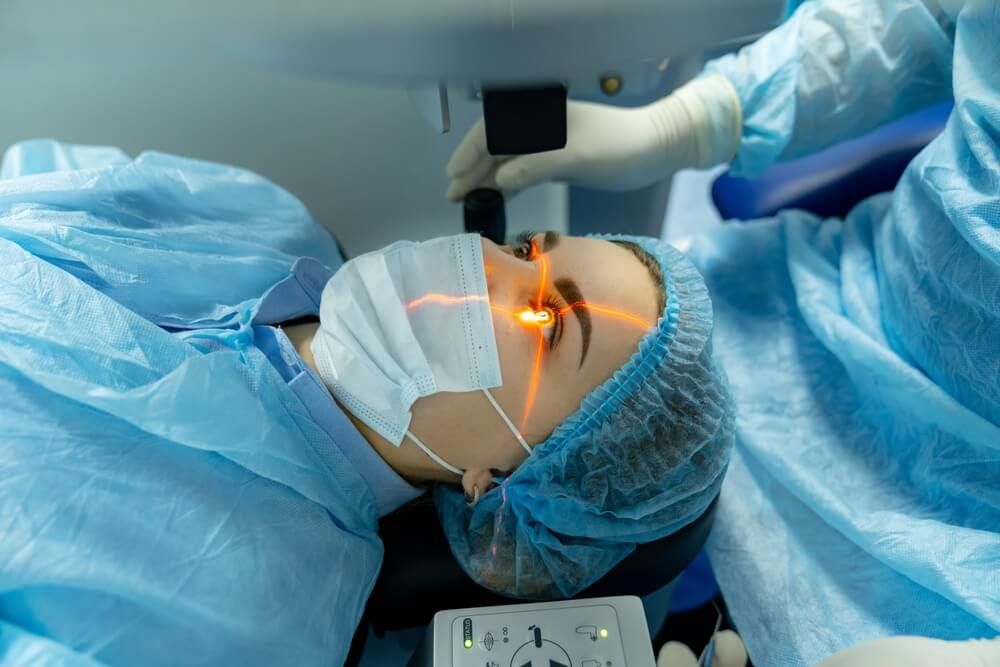
After surgery, a large percentage of cataract patients can expect a noticeable improvement in their vision, although some may still require corrective lenses to see clearly. This is dependent upon your visual needs as well as the kind of prosthetic lens that was placed during your cataract surgery. Your optometrist can recommend the optimal features for prescription glasses or sunglasses (probably one or two from the categories above) and the right strength for your lenses following surgery if you still need vision correction. After cataract surgery, your prescription may no longer be necessary for you, or it may have changed. Wearing your previous frames won't damage your eyes, even though you probably won't be able to utilize the same lenses.
What Is The Cataract Treatment?
The only means of removing a cataract is through surgery, however, you might not require it immediately soon.
At-home care
You might treat cataracts early on with little adjustments. Take the following actions:
- Wear anti-glare sunglasses;
- Use brighter lights at work or home.
- Use reading glasses or other magnifying glasses for other tasks.
New contacts or glasses
When cataracts first appear, a fresh prescription for contacts or glasses may help you see better.
Surgery
If your cataracts continue to interfere with everyday tasks like driving, reading, or watching TV, your doctor may recommend surgery. The doctor replaces the clouded lens and inserts it with a new, synthetic lens during cataract surgery. Nine out of ten patients who have this surgery report improved vision following it. It is a relatively safe procedure.
Most folks don't have to have surgery right away. In most cases, delaying surgery won't damage your eyes or make subsequent surgeries more challenging. Inform your physician if your daily activities are being hindered by cataracts. Schedule routine checkups. Inquire with your physician regarding the advantages and disadvantages of cataract surgery. As cataracts can run in families, motivate them to get evaluated for the condition.
Prescription Safety Glasses
One sort of safety glasses that can be designed to meet your specific visual demands is the prescription variety. They safeguard your eyes and improve your vision by combining the advantages of conventional safety glasses with the correcting power of prescription eyeglasses.
For those who work in dangerous areas and need to wear prescription eyewear for clear vision, prescription safety glasses are the perfect choice. They can have different lens kinds, frame designs, coatings, and materials for the lenses.
Advantages of Prescription Safety Glasses
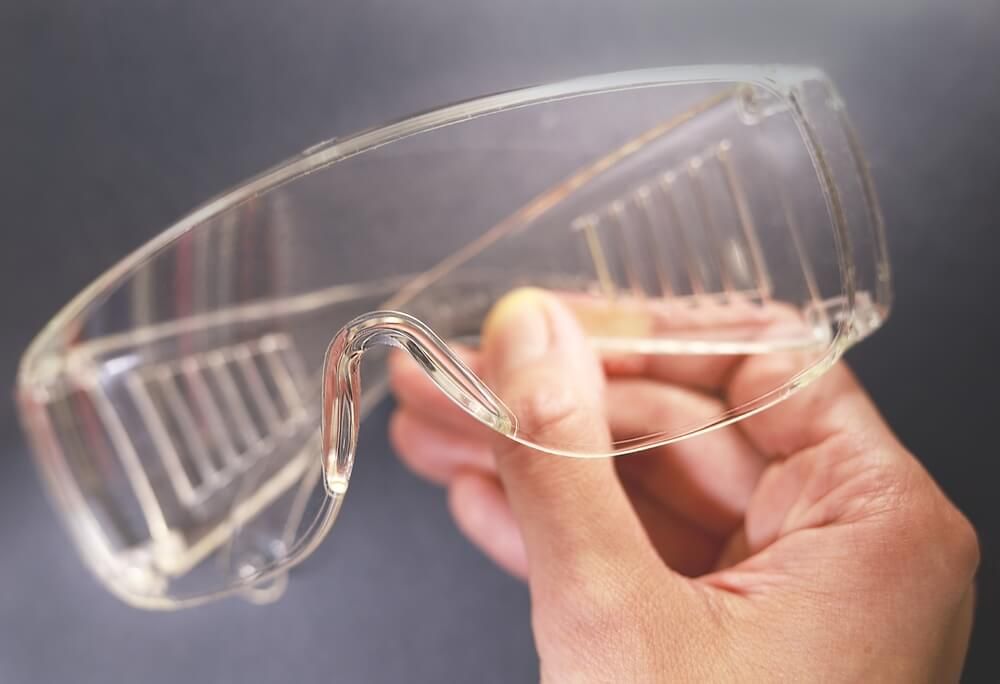
The use of safety eyewear is essential to avoiding eye damage. They act as a barrier of protection, particularly in environments where there may be eye dangers. Rx safety glasses can help workers in the following ways:
- Impact Protection: Impact-resistant materials, including polycarbonate or Trivex, are utilized in the construction of safety glasses to guard against harm from flying particles, debris, or tools. They lessen the possibility of items hurting the eyes by forming a barrier between them and possible dangers.
- Chemical and Liquid Safety: Splashes, liquids, and chemicals can be avoided using safety glasses that have sealed or wraparound designs like Wileyx safety glasses. Because of the design, dangerous materials are kept out of the eyes' direct line of sight, preventing chemical burns, irritation, and other major problems.
- UV Radiation Shielding: Lenses on certain safety glasses are designed to prevent ultraviolet (UV) radiation, which can be harmful if it comes from sunlight or additional sources. Safety glasses assist prevent eye problems including cataracts and photokeratitis, which is essentially a sunburn of the cornea caused by prolonged exposure to UV radiation.
- Dust and Debris Protection: Small particles and dust that could get into the eyes and cause discomfort or damage are kept out of them by Pickleball safety glasses with wraparound frames or side shields.
- Infection Prevention: By reducing exposure to pathogens, viruses, and other potentially harmful substances in the environment, safety glasses serve to prevent eye infections.
- Lessened Eye Strain: Tired eyes might result from intense glare or bright lighting. Eye strain can be lessened by using safety glasses with tinted lenses or anti-reflective coatings.
Prescription safety glasses provide protection AND vision correction for individuals in need of corrective lenses. These glasses are made to meet the wearer's unique prescription requirements while also adhering to safety regulations.
Polycarbonate vs. Trivex Lenses
Trivex lenses are made of a contemporary lens material. These lenses are excellent in providing eyewear protection against eye impact traumas and unparalleled clarity for individuals who require them at work because of their high impact resistance.
An "Abbe value" can be used to compare different lens materials. Greater Abbe values are often associated with reduced color dispersion and distortion, which leads to sharper and more accurate vision, particularly in the lens's periphery. Apart from their excellent strength, Trivex lenses also offer higher visibility than polycarbonate glasses thanks to their unusually high Abbe value. For the following reasons, trivex and polycarbonate lenses are recommended materials in terms of safety:
- Optical Clarity: Sharp, clear vision is achieved with Trivex lenses.
- Lightweight and Thin: These lenses prioritize your comfort by reducing bulkiness, which makes them perfect for extended usage.
- Impact-Resistant: These lenses withstand physical strain in dangerous work environments well because of their durability.
- Chemically-Resistant: Both Trivex and polycarbonate lenses withstand chemical and solvent exposure in dangerous work environments with good resilience.
- Lessened Chromatic Aberration: Trivex or polycarbonate can provide a more genuine visual experience by reducing color distortion around the edges when Abbe values are higher.
A Range Of Options And Styles
Thankfully, prescription safety glasses have made great design and functionality advancements. They are no longer constrained to the clunky, ugly looks of the past. A wide range of alternatives can meet the demands and tastes of workers available today, from full-frame eye protection to multipurpose eyewear akin to sunglasses. Because workers can now select protective eyewear with prescription lenses that fit their style and are both comfortable and well-fitting, there has been an increase in both popularity and compliance with their use.
Thanks to this advancement, users can get mono-focal, bifocal, and progressive lenses. For presbyopic users, the latter allows us to perform tasks at any distance. Occupational lens solutions are also available for customers who work frequently in medium-distance settings, and they can choose solar, UV, and photochromic filters for radiation protection.
When there are threats to one's vision at work, eye protection is crucial. One essential step in preventing eye injuries and guaranteeing worker safety is the wearing of prescription protective eyewear. These glasses not only meet safety requirements but also increase productivity and aid in the prevention of long-term eye illness. Businesses can show their dedication to the security and welfare of their workforce by purchasing appropriate eye protection.
As a result, employees may carry out their responsibilities with assurance and comfort since they know that their vision is safe. Visit SEG to view the range of options and styles of Pickleball prescription safety glasses that can be personalized to meet your needs.
Wearing the Correct Glasses to Protect Eyes
Understanding that not all safety glasses are created equal is crucial for shielding your eyes from UV rays. The glasses' dark hue does not automatically filter out UV radiation. Plastic lenses need extra UV coatings even when they are transparent, even though Trivex, polycarbonate, and high-index lenses inherently offer 100% UV protection.
At SEG, we recognize how critical it is to protect your eyes from UV ray damage. We provide prescription safety glasses made of UV-blocking materials and coatings because of this. There are several lens alternatives available for these glasses, including tinted, transition, and polarized lenses.
How Prescription Safety Glasses Are Helpful For Cataracts?
UV Protection
Similar to how wearing a hat or using sunscreen protects your skin from UV radiation on a sunny day, prescription safety sunglasses provide similar eye protection. Prolonged UV exposure can cause oxidative damage, which hastens the formation of cataracts. Purchasing premium prescription safety eyewear might reduce your chance of developing UV-induced cataracts, particularly if you work outside or drive a lot.
Decreased Reflectance
Besides UV protection, polarized lenses reduce glare. Driving a car or using heavy machinery can be dangerous due to blinding glare caused by reflective surfaces such as snow, water, or windshields. Polarized safety glasses will prevent the onset and progression of cataracts and enhance eyesight outdoors.
Minimizing Uncomfort
When cataracts form, many people become extremely sensitive to light, especially strong or bright light. This sensitivity to light can cause discomfort and poor vision. Tinted, transition or photochromic and polarized lenses filter and disperse more light, improving vision and easing light sensitivity and the pain and annoyance that goes along with it.
Thus, Can Cataract Development Be Prevented by Prescription Safety Glasses?
You may take proactive measures to slow the occurrence and advancement of cataracts, even though they frequently develop naturally as people age. The progression of cataracts can be slowed down by using correctly made glasses to relieve eye discomfort and shield oneself from UV rays.
SEG has a large assortment of prescription safety glasses available online that are made to offer the finest defense against glare and UV radiation. For years to come, you may protect your eyes and have good vision by selecting the correct prescription safety eyewear.


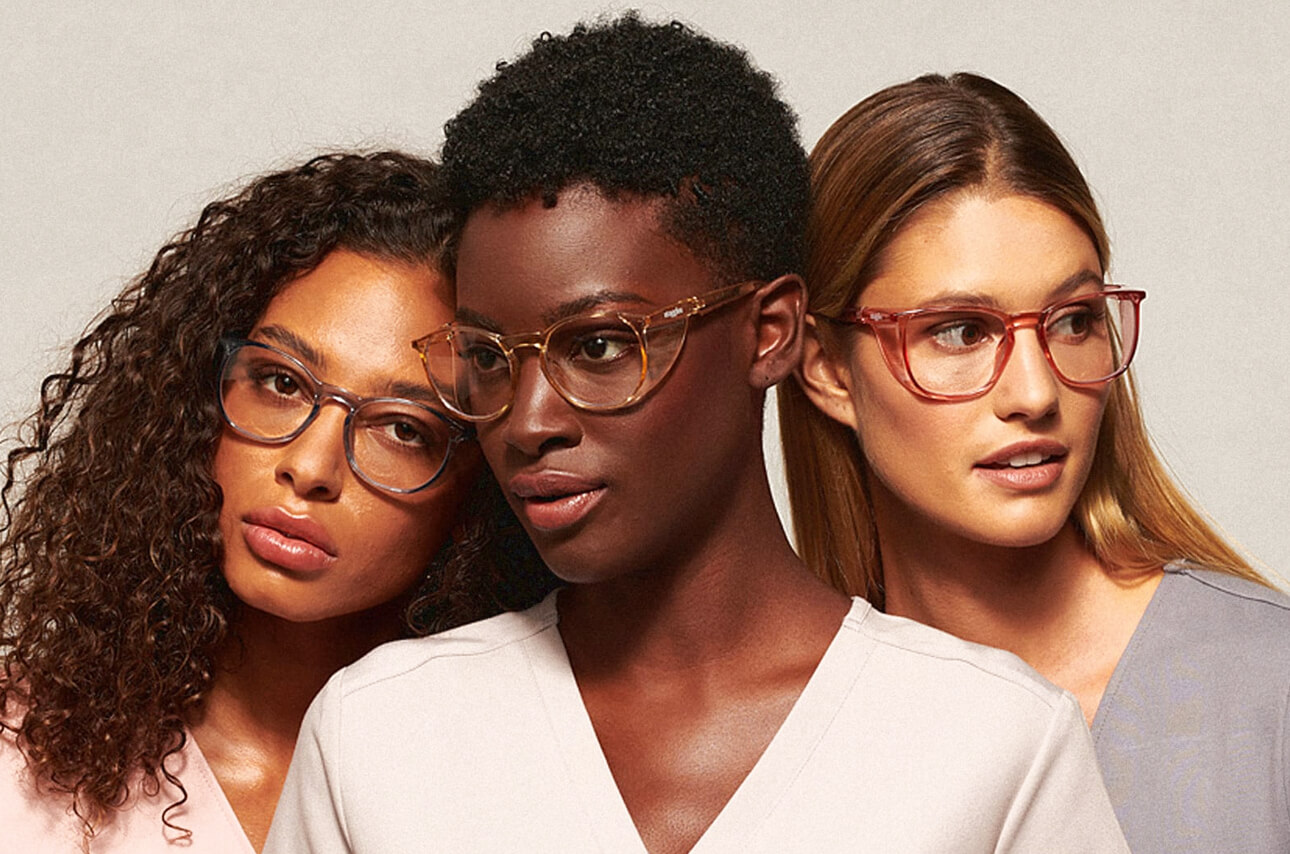

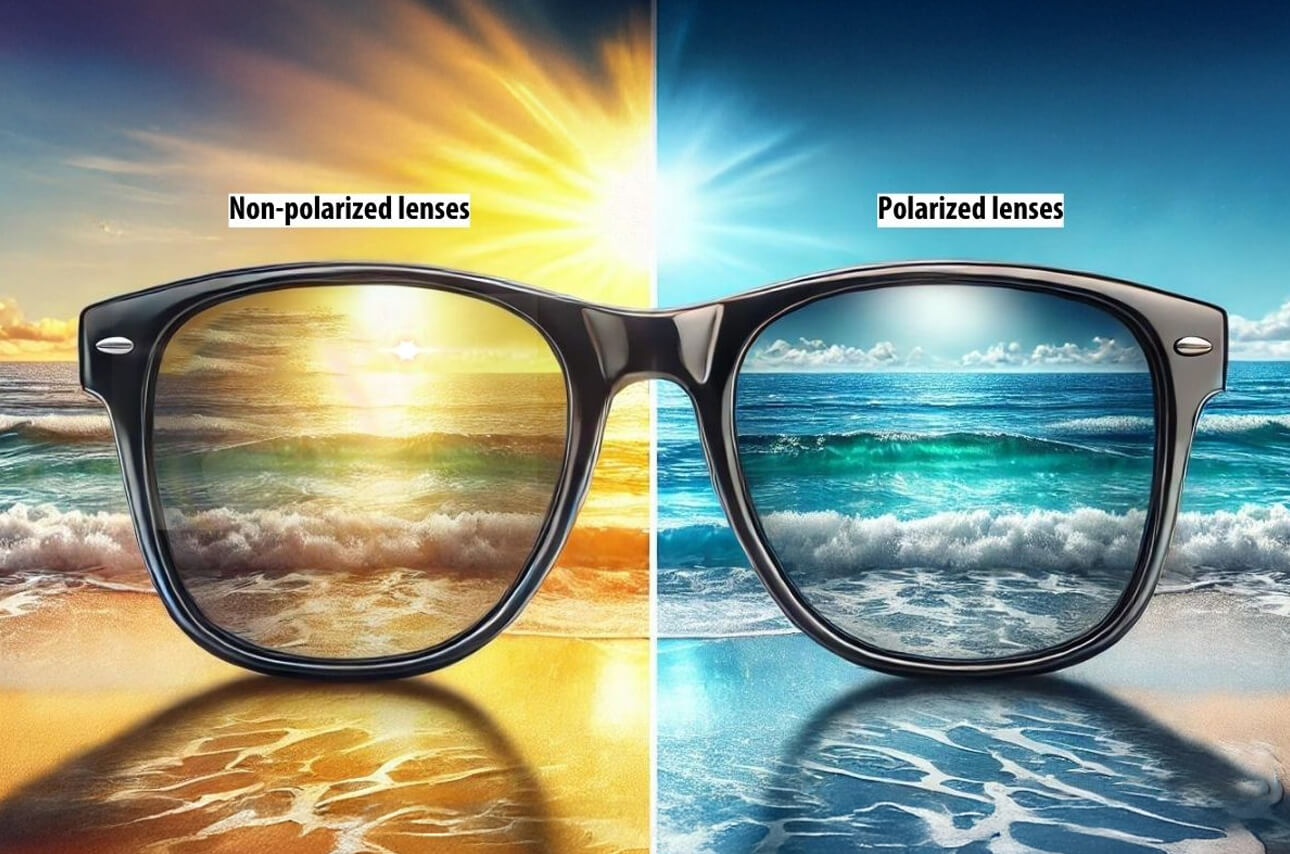
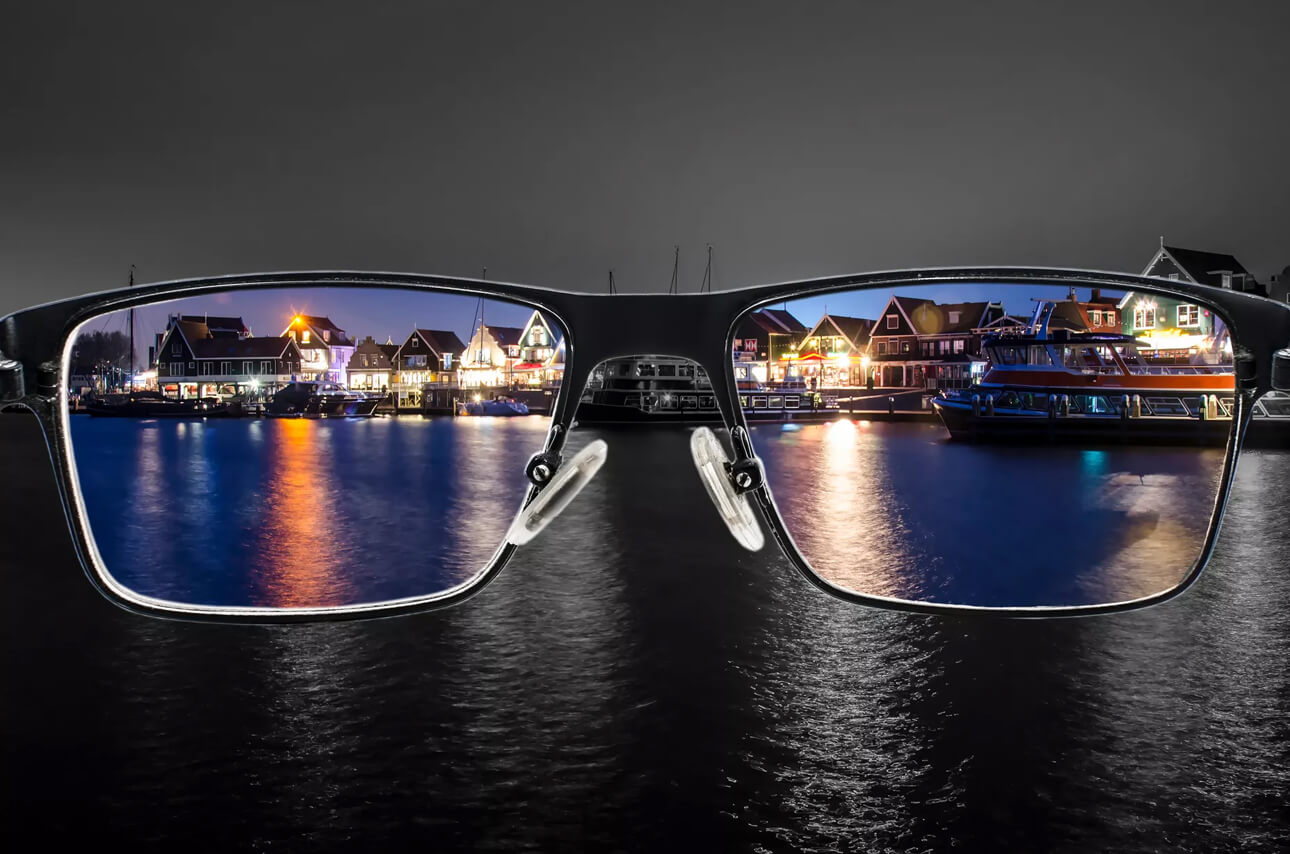


Leave your comment